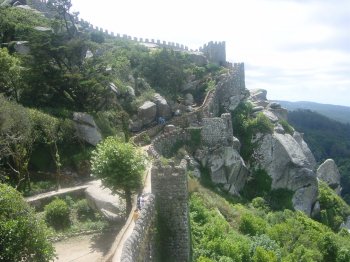Explore the best places
Results for castelo in Portugal
Castelo de Tomar
- heritage
Estrada do Convento, 8
2300-497, Tomar
Castle built in the 12th century with the aim of becoming the seat of the Knights Templar. Built in a high location, only the walls that surround the citadel, the castle with its keep and the temple with a circular plan remain from the original building. Inside the temple, you can see an octagonal "charola", a Romanesque-style building. D. Henrique built two cloisters and the Palaces. D. Manuel added the Manueline nave, whose portico and Chapter house, with its famous window, are stunning. This castle was built by Gualdim Paes and is part of the offensive-defensive system of the reconquest. …

Castelo de Veiros
- heritage
Rua Nova
7100-708, Estremoz
La fortificación medieval se conserva en su forma original, flanqueada por torres redondas y varias puertas medievales. Durante la Guerra de la Restauración de 1662, el Marqués de Caracena destruyó la torre del homenaje.

Castelo de Vinhais
- heritage
Rua do Boqueiro
5320, Vinhais
Castle built in the 13th century, then subject to modifications in 1253. It had great military importance due to its location in a border area. Currently, some walls of medieval origin remain, as well as some towers and doors. In the 18th century, the existing castle was demolished so that the main church could be erected.
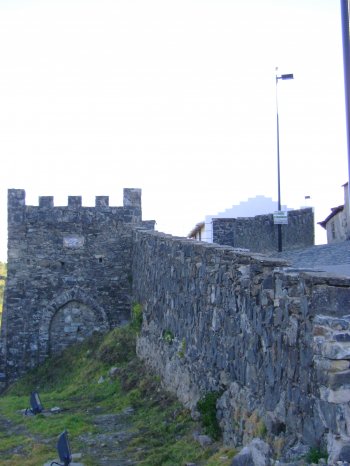
Castelo de Évoramonte
- heritage
Rua da Convenção, 6
7100-314, Estremoz
The castle sits atop a steep hill at the western edge of the Ossa mountain range. The original fortification still includes the wall and gates from the reign of King Dinis. Within the walls, the highlight is the Paço de Homnagem (Homage Palace), which, along with the keep, forms a vast, regular quadrilateral. The palace's design is inspired by Italian Renaissance palaces.
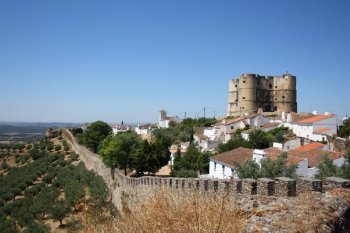
Castelo do Giraldo
- heritage
Nossa Senhora da Tourega
7000, Nossa Senhora da Tourega
Giraldo's Castle is one of the rare villages known in Alentejo which confirmed a near-continuous occupation since the third until the end of the first Millennium before Christ. Is a natural fortress, fortified with defensive walls.
Castelo do Romão
- heritage
Gralhas
5470-160, Gralhas
Fortified settlement of pre-Roman times, located in the foothills of the Southwest slope of the Serra do Larouco, among o Corgo o Corgo and do Fojo of the Goatherd, 1090 meters above sea level. Are all over the lot traces of structures alignments, with higher incidence on the upper deck, where you will find the highest concentration of ceramic materials. There are also remains of walls. The North and Northwest defence was natural.
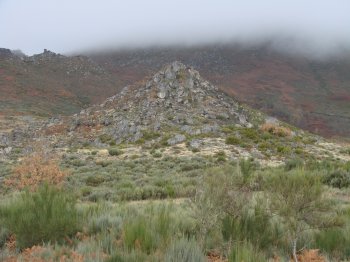
Castelo dos Governadores
- heritage
Jardim da Constituição
8600, Lagos
This castle retains little of its initial construction (dating back to the 14th century), as it has undergone many changes over time. Highlight for a Manueline window, from where Dom Sebastião attended the mass that preceded his departure to Alcácer Quibir.
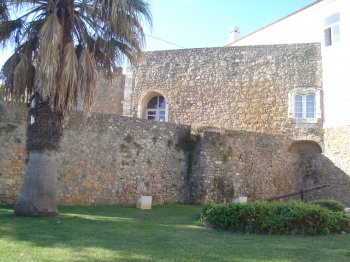
Castelo dos Mouros
- heritage
Alfarela de Jales
5450, Alfarela de Jales
Populated with traces of occupation in the Roman era. Is fortified and presents two walls, Tower and a moat.
Castelo dos Mouros
- heritage
Fail
3510, Fail
This castro consists of houses and walls, but only the ruins are visible of a habitation, due to vegetation and the poor state of conservation of the wall.

Castelo dos Mouros
- heritage
Cimo da Serra
2710-405, Sintra
This castle was built in the 12th century and later underwent several modifications, mainly during the reign of King Ferdinand II. Its current appearance possibly dates from this period. Of the original Moorish castle, the cistern, the battlement line, and the square towers that reinforce the wall remain. Inside its enclosure, there is a ruined Romanesque chapel.
